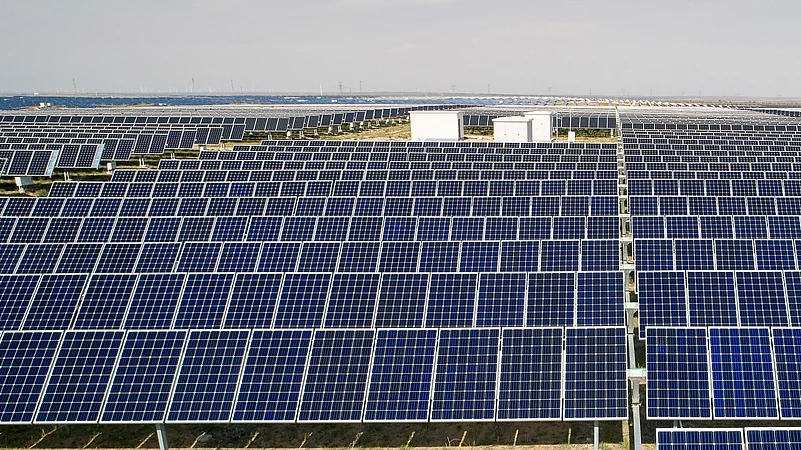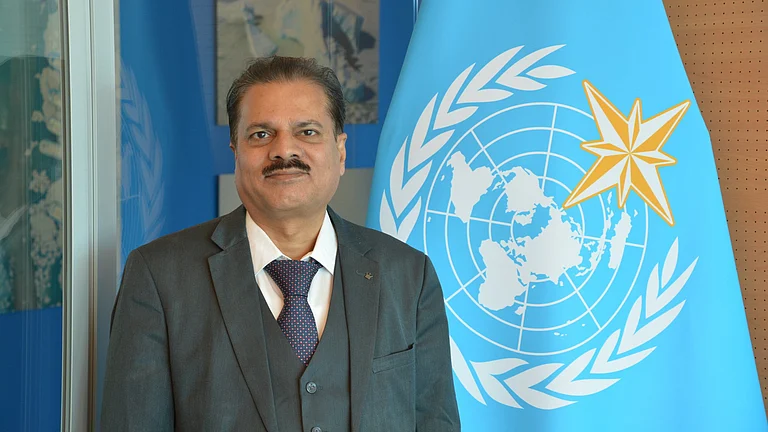
India plans to launch a new weather satellite to enhance solar and wind power forecasts.
Unpredictable weather disrupts renewable output, causing grid congestion and financial strain.
Improved forecasting to help stabilise India’s growing clean energy infrastructure.
India is planning to launch a weather satellite and upgrade its prediction systems as climate change increasingly disrupts renewable power generation and impacts grid stability. The ministries of new and renewable energy and earth sciences are planning to develop a comprehensive weather prediction and analysis system to better project climate patterns that affect solar and wind output, reported Mint.
There have been instances of grid congestion due to unpredictable weather, sudden cloud cover to drop in wind speed, amid surge in renewable energy capacity. Such instances cause power generation curtailments and penalties for power producers.
With the help of improved forecasting and a dedicated satellite, operational issues and the financial risks for developers and consumers can be reduced, according to Mint.
The push comes amid increasing episodes of grid instability linked to unexpected weather patterns globally. On 15 June, the actual flow of power from western-to-northern corridor was 24.14 GW against the available transfer about 22 GW. That raised fears about the grid’s stability and prompted grid controller to step in, reported Mint. The grid controller of India alerted discoms and gencos in the northern region to either lower withdrawal or ramp up generation.
In February, the national grid operator had asked all electricity companies to be alert mode and supply power to preserve the grid's stability as cloud cover disrupted solar power production, raising worries about the stability of the power grid.
In addition, the countries in the EU—Spain and Portugal—which source 80% of their power from green sources, also faced nationwide blackouts in April 2025.
Experts believe that accurate weather forecasts are key to a robust grid and stable power supply.
Role of Satellite in Sustainable Energy
According to Mint, work is underway for setting up an enhanced system, with the authorities looking to address the need for a new satellite.
Additionally, the project aims to deploy more ground-based technologies, such as Doppler radars, which detect precipitation and measure wind speed and direction.
M. Ravichandran, Secretary at the Ministry of Earth Sciences told Mint that the planned satellite will enable the government to provide more accurate and customised weather services for the power sector, along with other sectors.
Designing, manufacturing and launching a satellite in India typically costs about ₹900 crore.
The deployment of a dedicated satellite comes at a time when India is already struggling to manage the excess production of renewable energy. The development could significantly improve its weather forecasting to meet the demands of renewable energy sector.
According to Down To Earth, India’s weather forecasting operates at a resolution of 12 km by 12 km, with updates only twice a day. However, systems like the power grid need update every 15-minutes because weather can change quickly and abruptly. This indicates that the forecasts aren’t detailed or frequent enough to help manage electricity in real time.






























